Jackie May of Twyg discusses luxury, sustainability, and conscious consumerism in South Africa
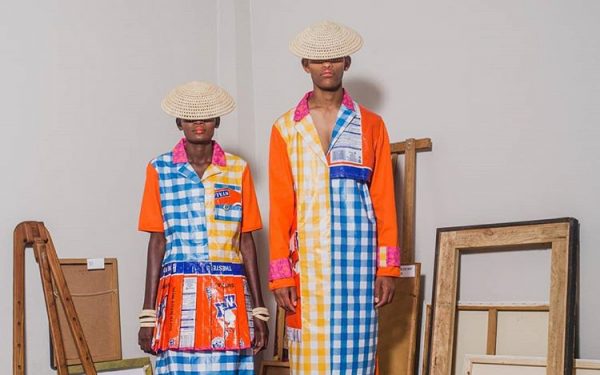
Twyg is a not-for-profit media company founded by Jackie May, a writer and former editor at Marie Claire and The Times and now a full-time sustainability advocate. Twyg officially launched in February 2019 to promote an eco-conscious fashion and lifestyle in South Africa. The company, a member of the Union for Concerned Fashion Researchers, is aligned with the U.N. Sustainable Development Goal 12 that focusses on ensuring sustainable consumption and production patterns. Through workshops, masterclasses and events held in collaboration with like-minded organisations that have included Fashion Revolution SA and the African Fashion Research Institute, it educates the public on responsible buying and encourages activism to reduce the human impact on the environment.
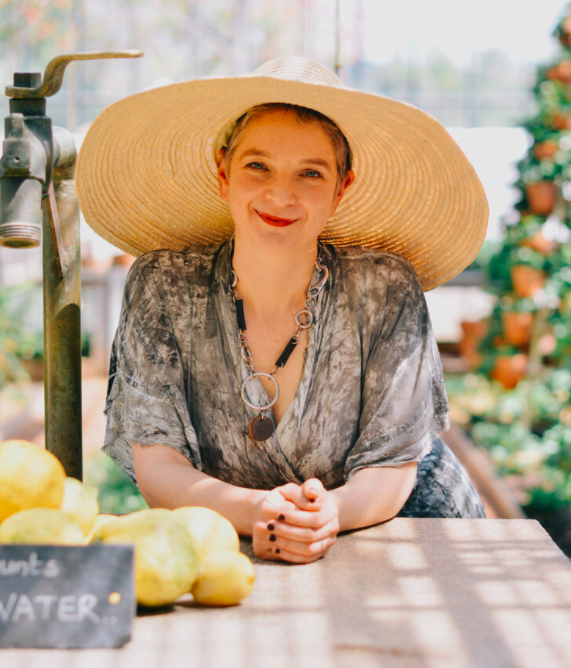
Twyg sees localism, inclusivity, and innovation as vehicles to stimulate a slow industry that leaves no one behind. The manifesto declares its commitment to promoting developmental fashion in the service of the well-being economy: “we are interested in how we can grow the economy with sustainable and regenerative practices”. To this end, Twyg spotlights practices of care, regeneration, and de-centralisation that achieve economic advancement through eco-conscious means.
Twyg’s online presence includes a website and accounts on the main social media, sharing content that reflects Jackie’s goal of changing the mainstream understanding of sustainability and generating awareness on South African change-makers. The website has a “Learning Hub” listing essential text and video resources for practitioners and hundreds of posts in the “Stories” section on brands and individuals that are working for positive change and growing a local economy with a short supply chain and beneficial effects on the community. The focus is on creating knowledge through storytelling, while encouraging and supporting hands-on action for on ethical living and sustainable growth.

In 2019 the company launched the Twyg Sustainable Fashion Awards, which recognise individuals and brands fostering best practices in the use of innovative design and materials, influencing for positive change, accessory design, trans-seasonal production, retail, study/research. Recipients of the awards include internationally-recognised names like Lukhanyo Mdingi, Clive Rundle, and Sindiso Khumalo, and emerging ones like Katekani Moreku, and The Seen Collective.
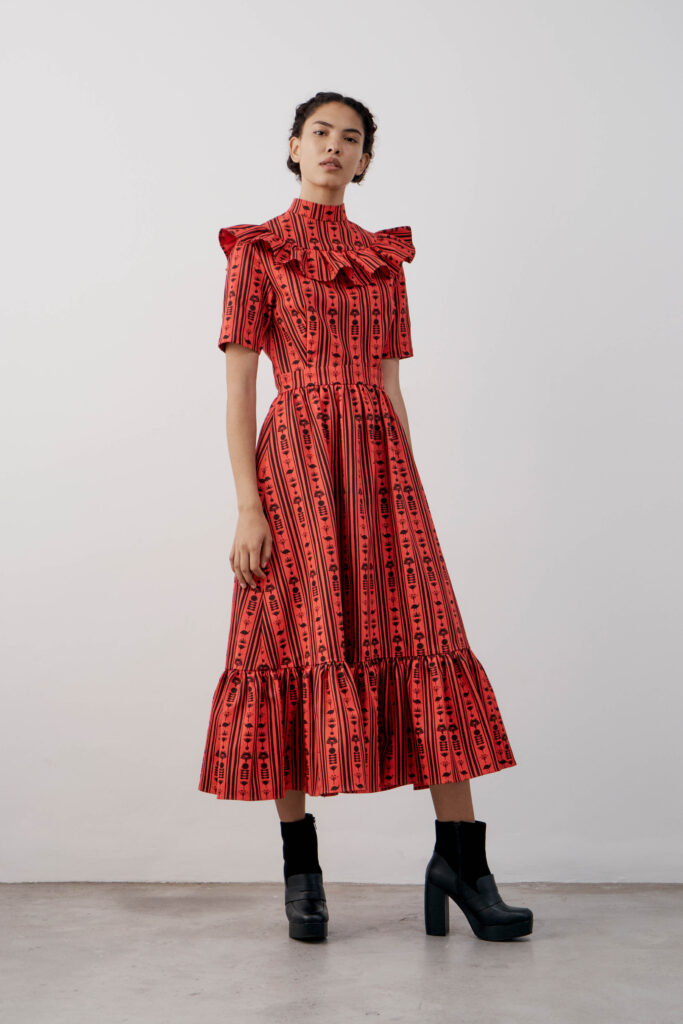

Twyg builds its ethics on the notion that humans and nature are interrelated, an approach to sustainability that draws from South African traditional knowledge, skills and practices. “In South African indigenous cultures, the surrounding land and resources become part of the people“. Sustainability work entails guarding diversity and empowering neglected communities, replacing Eurocentric values/principles/power relations for ones born out of these realities. The circular model can be approached also through a cultural lens that keeps local worldviews alive and working not as passing trends, but as the very lifeblood of a reformed fashion system. The message is that when conservation meets innovation localism can become self-sustaining for South Africans in more than just economic ways.
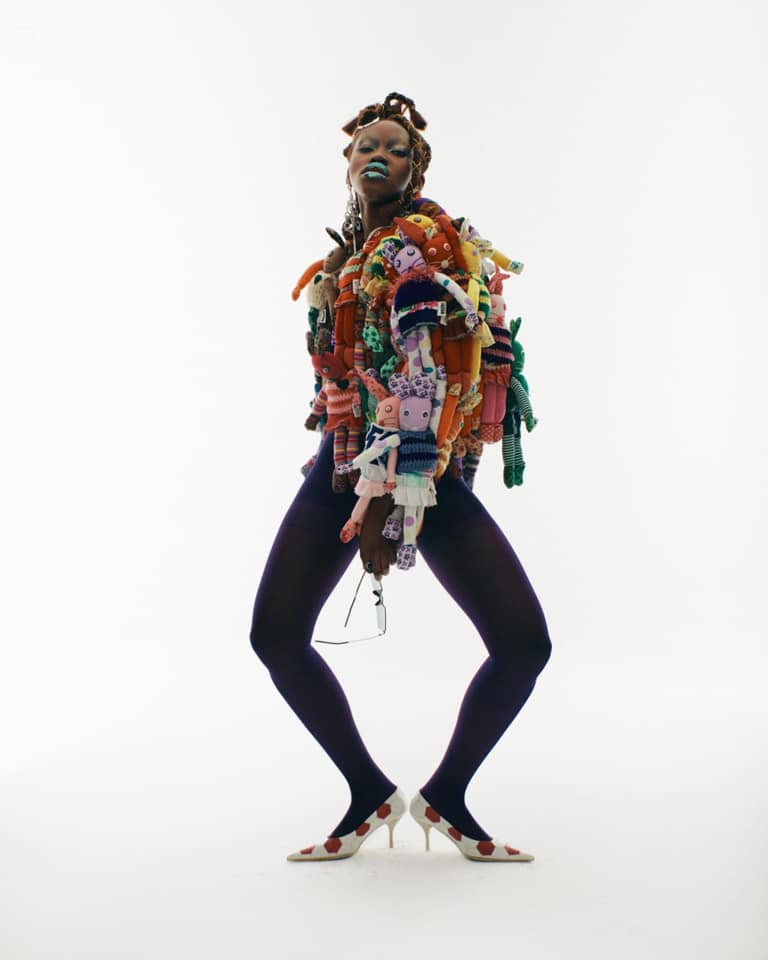
I interviewed Jackie on the sustainable fashion scene, luxury, and conscious consumerism in South Africa. Read an excerpt of our conversation below.
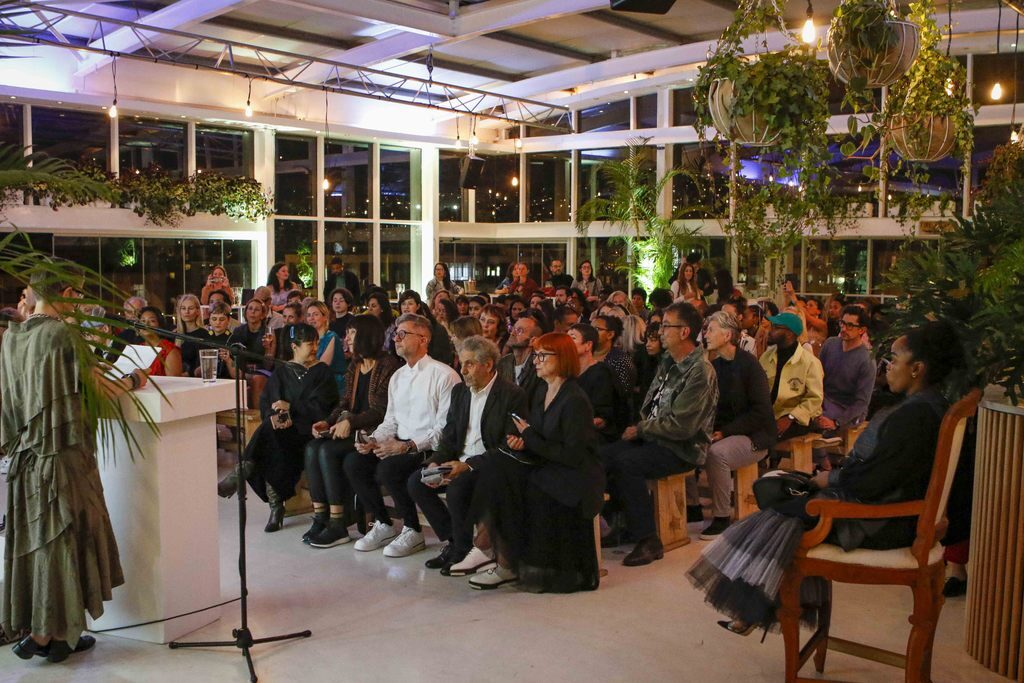
Does sustainability contribute to the country’s emergence as a fashion leader in Africa?
I don’t think how we traditionally understand sustainability is contributing to SA’s emergence as a fashion leader. I am committed to working towards South Africa being a sustainable fashion destination. Sindiso Khumalo is the only globally recognised South African designer who describes herself as a sustainable designer. Besides the beautiful garments themselves, I believe the storytelling and image-making by South African designers is what is what is setting them apart. After centuries of oppression, Black designers are creating their own stories reflecting a diversity of cultures, histories, families and current issues. They are not defined by anything in particular, unless they choose to be. Take Rich Mnisi, there is joyous freedom in his expression. Fashion is not the only medium where this is happening, but it’s powerful and it’s beautiful and it’s being noticed.
Although Sindiso is the self-confessed big name South African designer, we have a number of designers whose practices are sustainable. Amanda Laird Cherry. Lukhanyo Mdingi. Clive Rundle. Lara Klawikowski. I would describe much of what Maxhosa Africa does as sustainable too. Of course there a number of smaller brands who have been practising sustainably for years. For instance, there are Asha Eleven and Sitting Pretty. They use preferred fabrics and limit their waste.
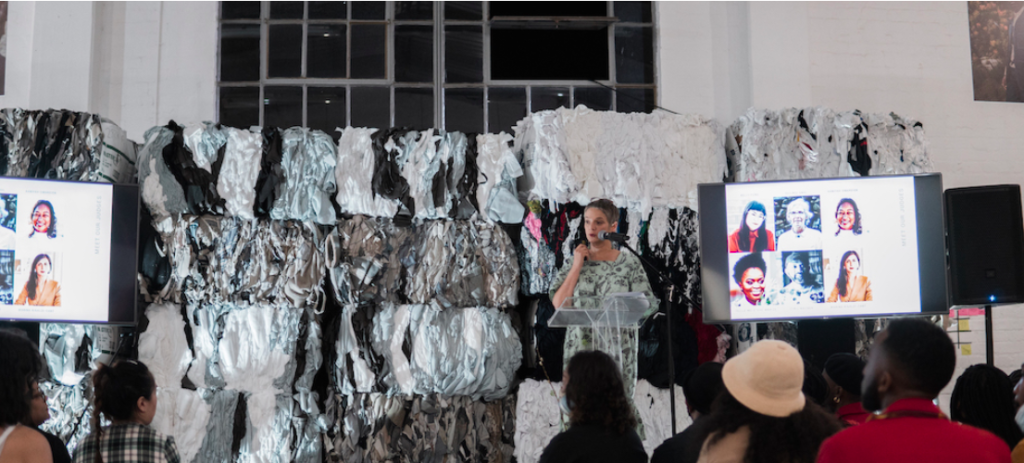
Is luxury compatible with sustainability? What does sustainable luxury mean to you?
If it’s handcrafted, independently produced in a small studio or simply made with care using good quality materials then it is usually compatible with sustainability. A luxury item is something that has been thoughtfully crafted and made to last. It’s something that would cost enough money for me to want it to last, for me to respect it. Although it’s true of many luxury brands, I don’t like the idea of luxury being exclusive, or of fashion being symbolic of status. I prefer to use the term luxury when referring to something made with intention and with care. So much of the sustainable fashion I love is made by small, independent brands who select their materials carefully, think about the impact of their design practice, and impart beautiful stories through their work. These are the brands we want to promote and support in South Africa. For too long, their work has been drowned out by international fast and luxury brands, and by cheap imports sold by our retailers.
Do South African luxury consumers care about sustainability? How has the market changed since you became active in this field?
Not enough. The international heritage brands (which of course have elements of sustainability) still appeal to our luxury consumers. In the shopping malls currently, there are queues outside the Gucci stores, while the South African luxury stores are quiet. But at the same time, I’m noticing that young South Africans want to wear a Rich Mnisi or a Thebe Magugu or a Maxhosa Africa. This pride in South African designers will only grow.
Besides the sustainability and brand awareness work we do, there are other initiatives and organisations helping to grow and nurture the fashion industry. There are the two fashion weeks and the wonderful The Fashion Agent, whose work is very influential. The mohair industry supports local talent too. The South Africa Mohair Cluster, a government funded non-profit organisation that promotes the local mohair industry, recently launched the 1838 Collective featuring designers Lukhayno Mdingi, Judith Atelier and MmusoMaxwell.
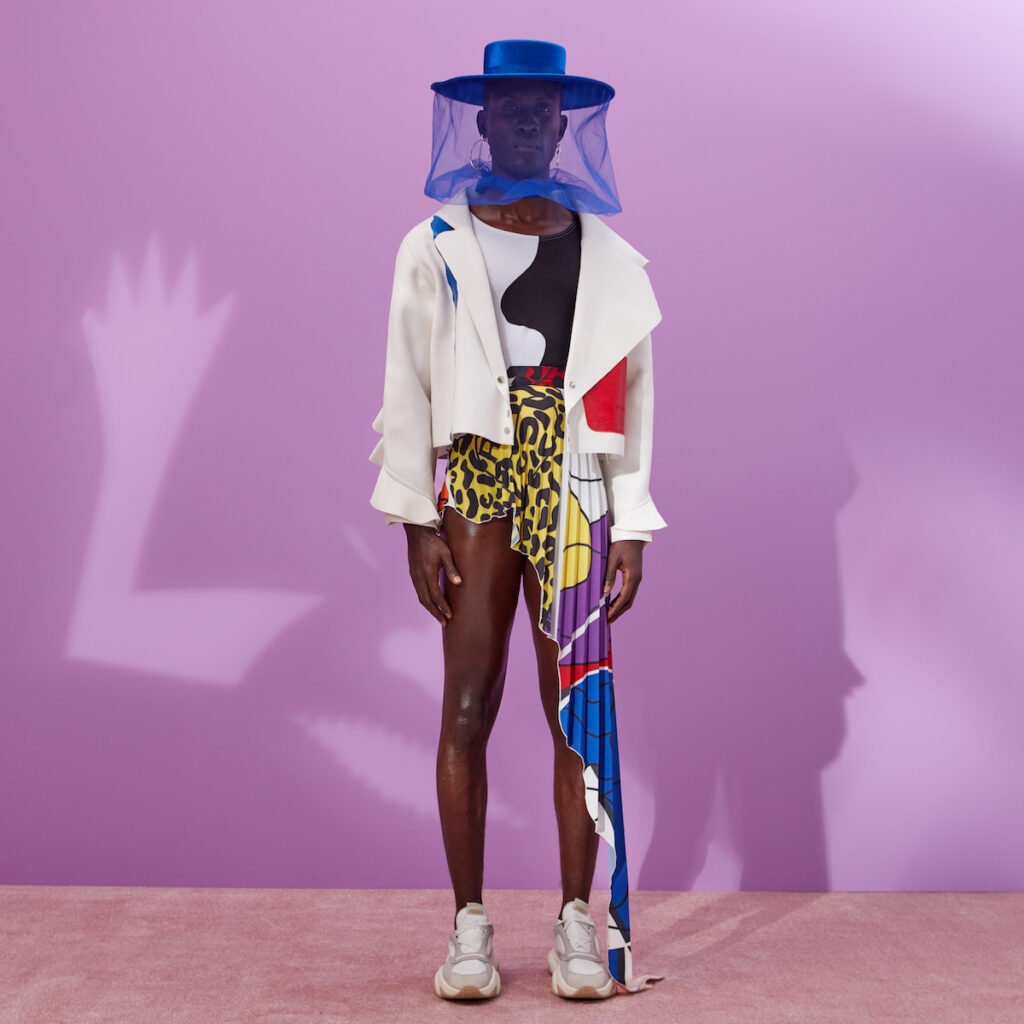
Besides these private initiatives, the government launched one called Proudly South Africa which was born out of a job summit in 1998. Its purpose is to combat the triple challenges of poverty, inequality and unemployment. More recently government introduced a master plan for the retail, clothing, leather and footwear sector. It was signed by retailers and government last year, and this year task teams in retailers regularly met with representatives from the Department of Trade, Industry and Competition. Its focus is on growing the industry and has set ambitious targets. It’s also very encouraging that government is recognising the potential for job creation in the circular economy. The concept has appeared regularly in recent documents.
Cover photo: Katekani Moreku photographed by Matt Kay